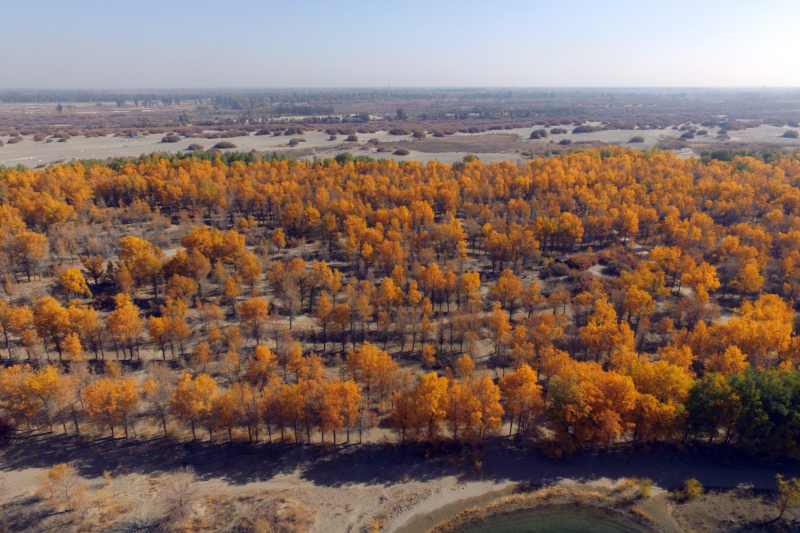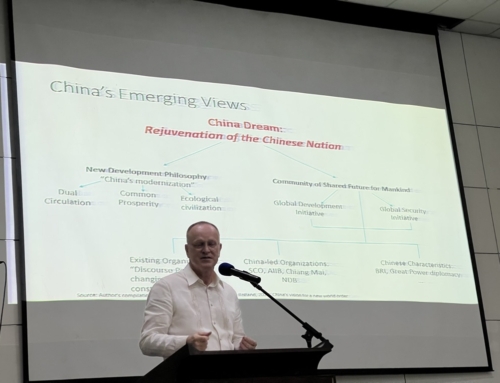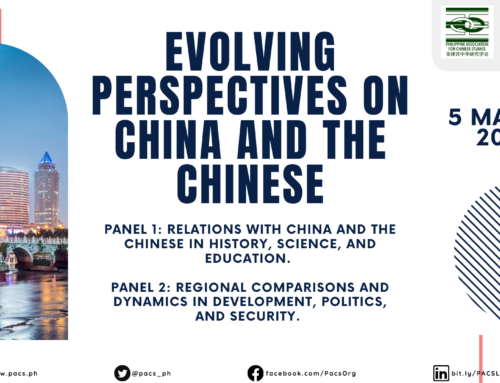Skip to content
Home/China/Can China’s afforestation knowledge green the world?
Can China’s afforestation knowledge green the world?
by Feng Hao, Originally Posted at China Dialogue, 30 August 2019
On a hot July day in the Inner Mongolian county of Horinger, the birds sing in the trees of a planted pine forest. Not far off, Yang Shuantao, the village secretary of Baiyantu recalls that a decade ago this land was barren. “The sky turned orange with dust when the wind blew. We needed the lights on even in daytime.”
Planting trees has diminished the sandstorms since then, and improved the environment generally, he explains.
Horinger is an example of China’s afforestation drive. As the climate emergency worsens, the potential for planted trees to draw carbon out of the atmosphere is being re-examined. Could Chinese expertise be put to use internationally?
China’s afforestation efforts
In Mongolian, the word Horinger means “20 houses” and dates back to the Qing Dynasty (1636-1912). This was a flourishing city during the Northern Wei period (386-534) but over the next thousand years overexploitation of the land and changes in the climate saw the economy fail and people move away – until only the 20 households of its name remained, eking out an existence in the desert sands.
Winds from Siberia and the continental monsoon both sweep past Horinger, which lies upwind of Beijing. They used to whip dust all the way to Beijing, Tianjin and Hebei; spring dust storms ravaged northern China every year from the mid 20th century to the early 21st. Then in 2010, a project started in Horinger to plant Mongolian Scots pine, Manchurian red pine, Korshinsk pea shrub, apricot tree and seaberry. In total, 3.3 million trees now cover more than 2,500 hectares of degraded land. The results were felt locally. “We used to have more than ten days of sandstorms every year. Now it’s just three or four,” says Yang Shuantao.
The Horinger forest is expected to fix 220,000 tonnes of carbon from the atmosphere over a 30-year period. This makes afforestation a key tool in addressing global warming as negative emissions technologies that can remove CO2 from the atmosphere are required to limit warming to 1.5C above the pre-industrial level. Read more…
PACS2019-09-01T06:38:05+00:00
Share This Story, Choose Your Platform!





